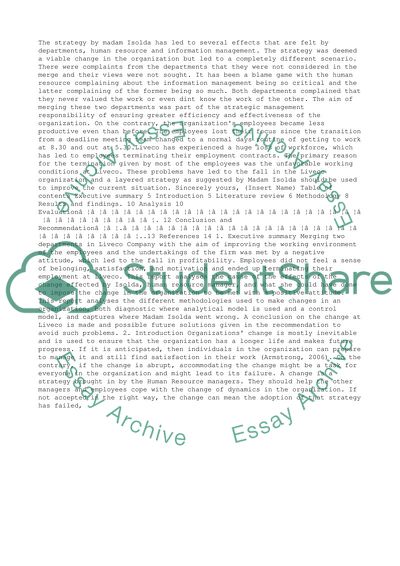Cite this document
(“Livecos Case Study Essay Example | Topics and Well Written Essays - 2000 words”, n.d.)
Retrieved de https://studentshare.org/business/1474652-livecos-case-study
Retrieved de https://studentshare.org/business/1474652-livecos-case-study
(Livecos Case Study Essay Example | Topics and Well Written Essays - 2000 Words)
https://studentshare.org/business/1474652-livecos-case-study.
https://studentshare.org/business/1474652-livecos-case-study.
“Livecos Case Study Essay Example | Topics and Well Written Essays - 2000 Words”, n.d. https://studentshare.org/business/1474652-livecos-case-study.


